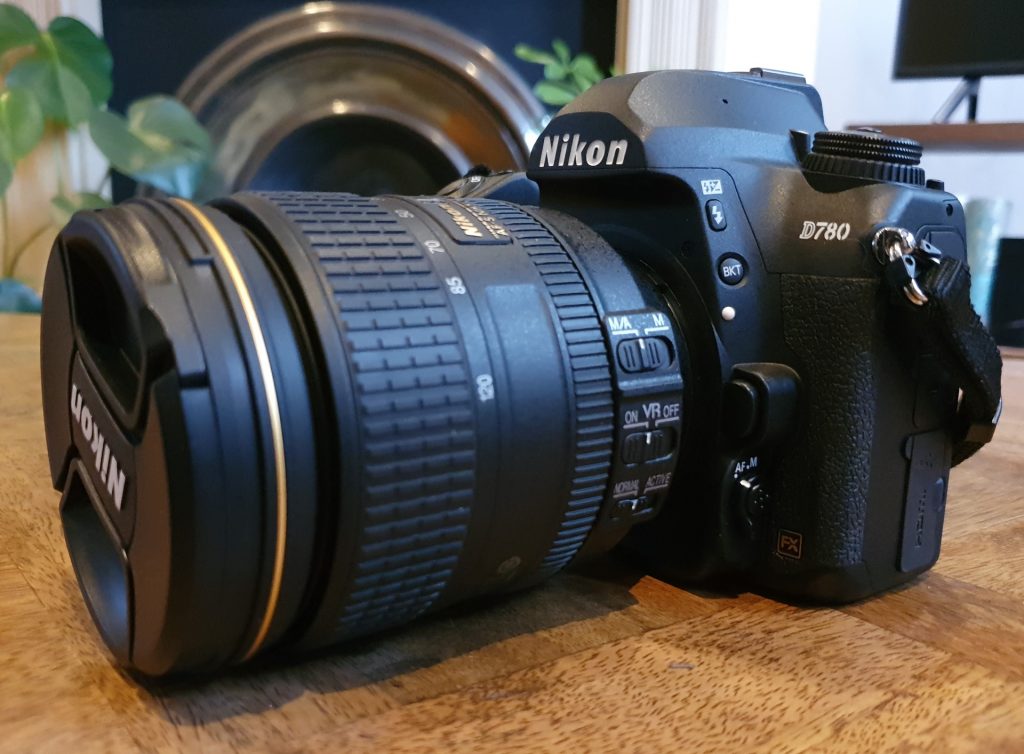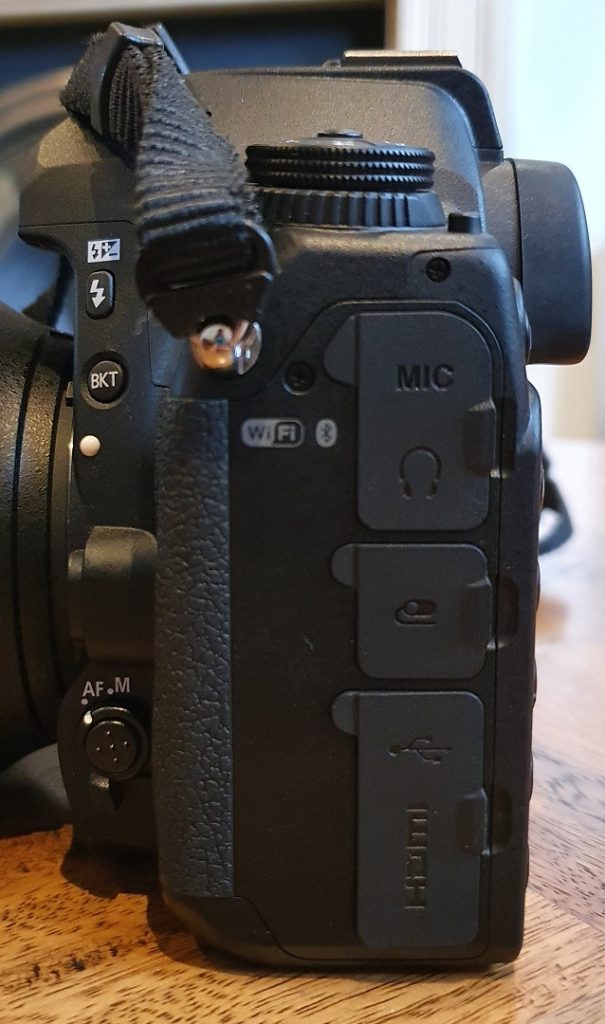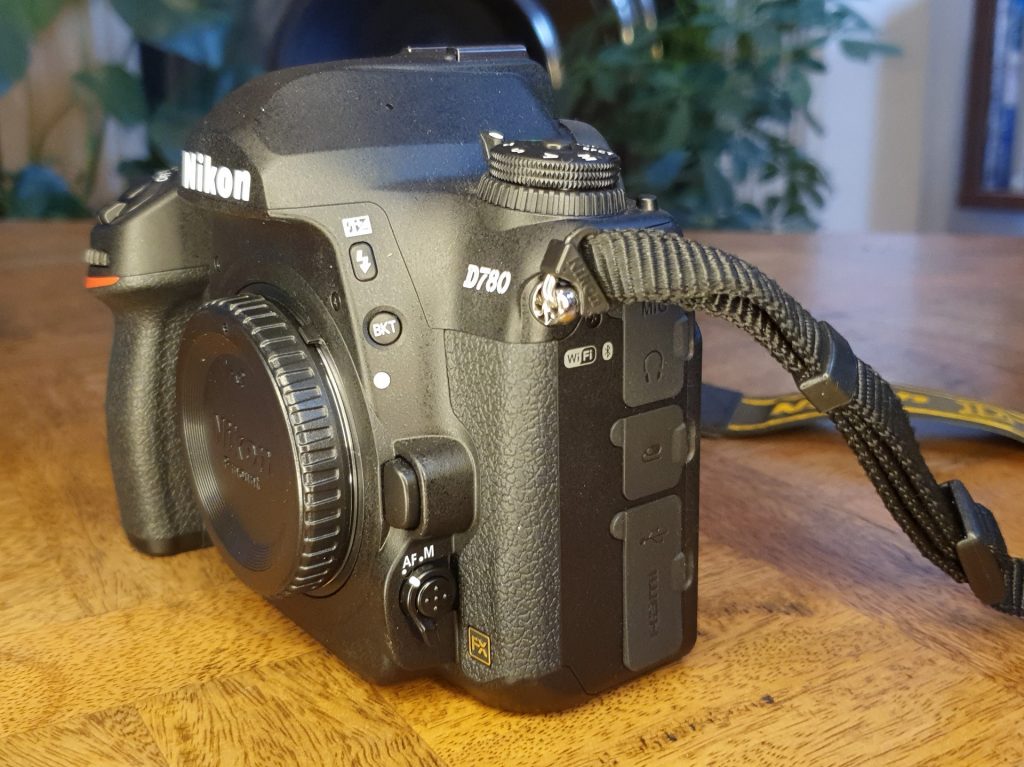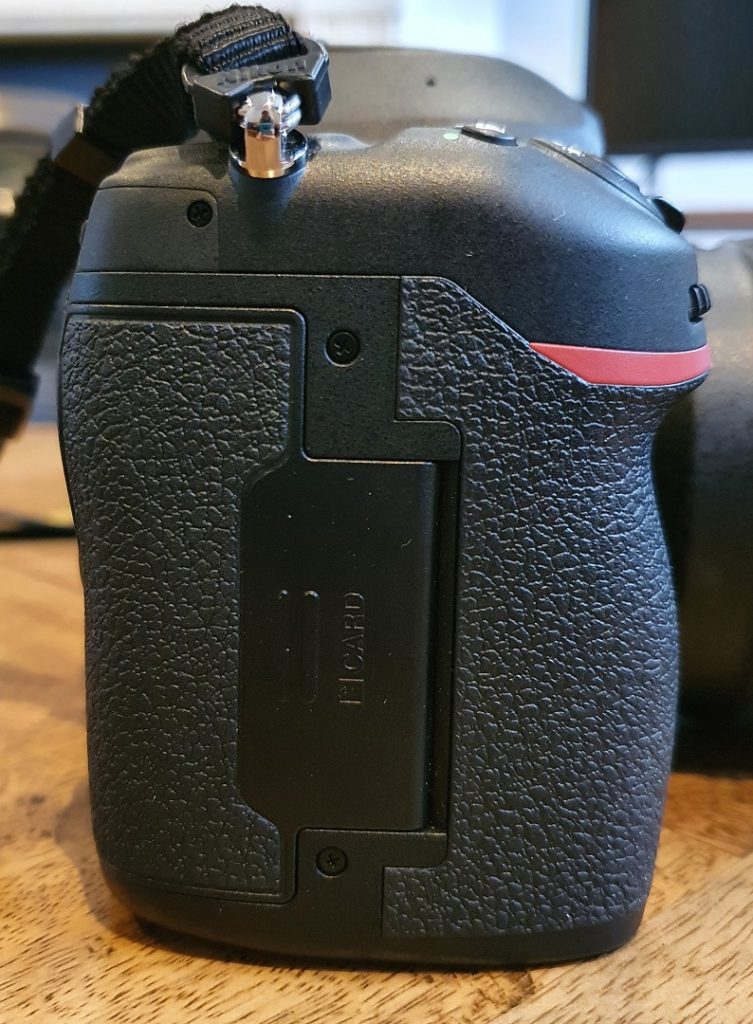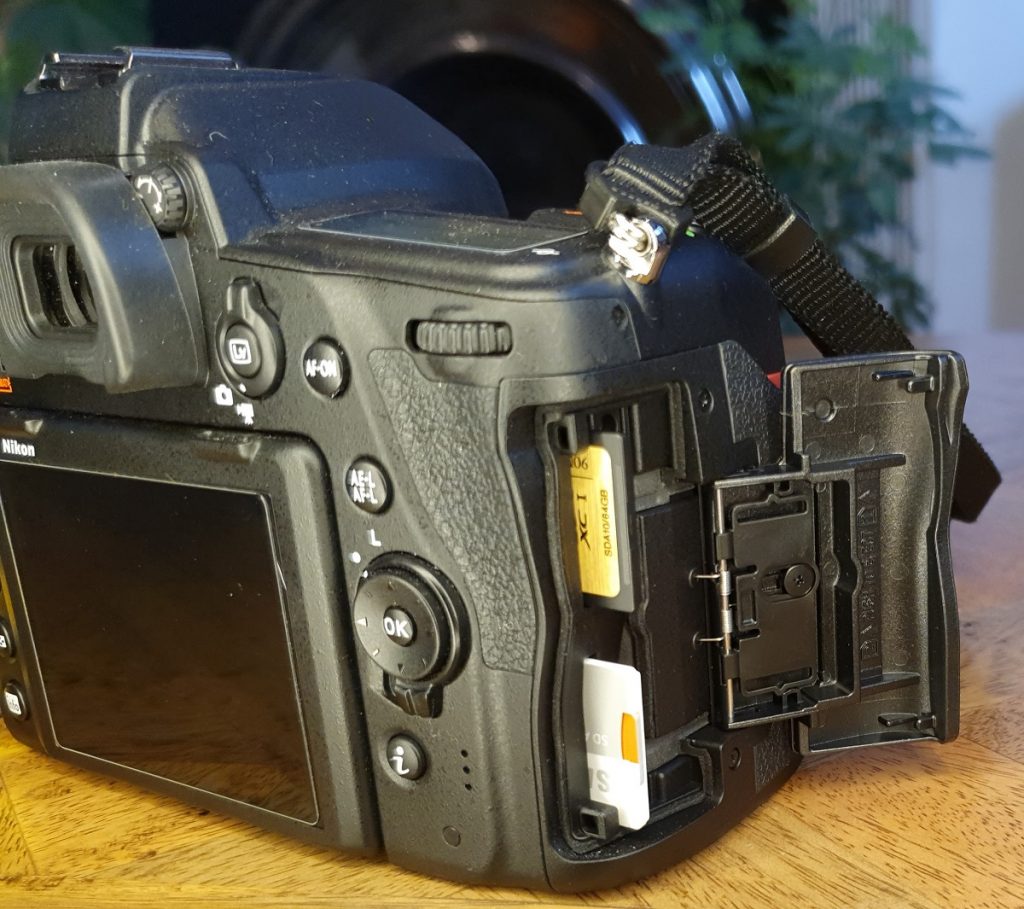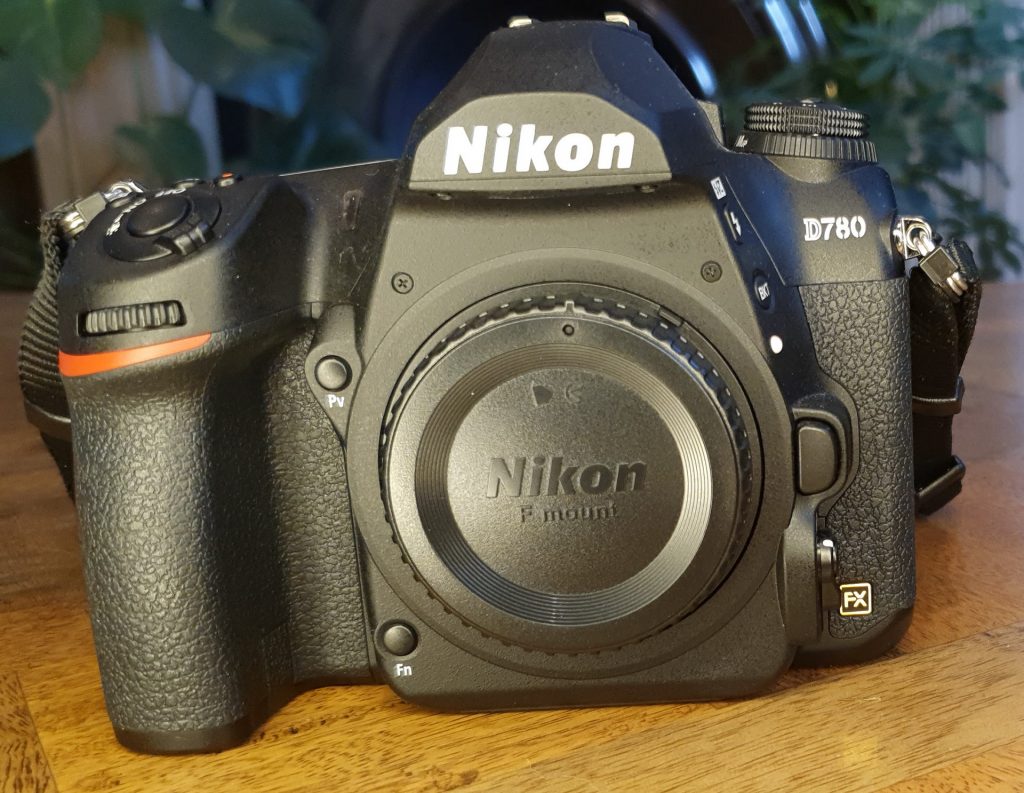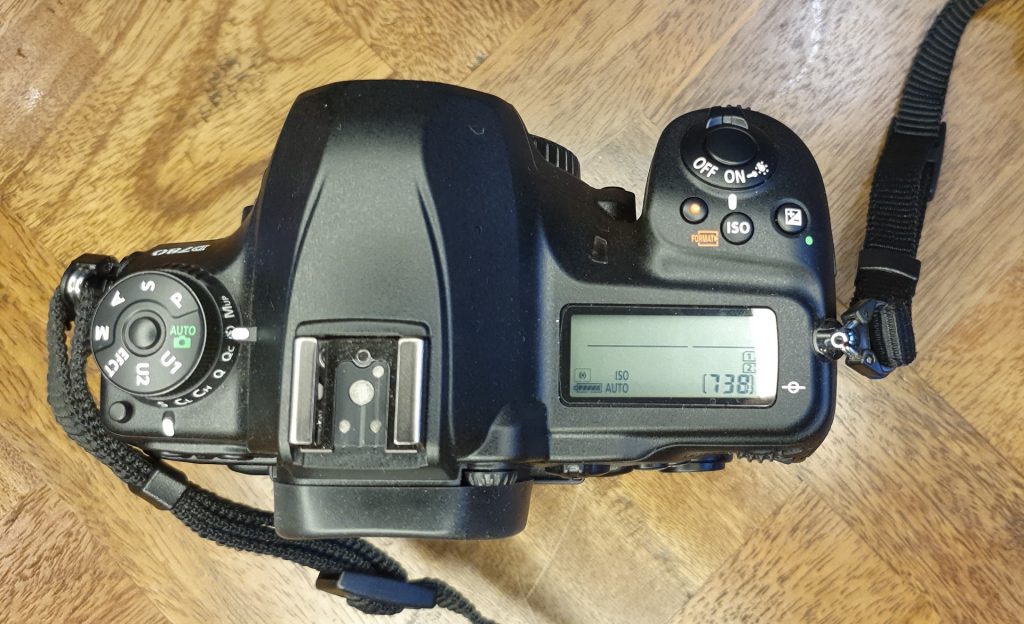Introduction
Looking for a professional review of the Nikon D780? Want to know how much noise to expect at ISO 51200? Need an in-depth synopsis of the new features carried over from the Nikon Z6? Well, then you are looking at the wrong page, sorry. If you are however looking for the impressions of a keen amateur photographer with insufficient talent to justify the camera he has, I bid thee welcome.
What is the Nikon D780?
The Nikon D780 is Nikon’s latest (as of September 2020) full-frame DSLR. What makes it apparently a bit special is the incorporation of features from Nikon’s full-frame mirrorless cameras, specifically the Z6.
Why did I buy a Nikon D780?
A decade ago, I moved to DSLRs with an entry level Pentax K-x. I immediately enjoyed the DSLR experience. Compared to bridge cameras or enthusiast level point-and-shoots, the DSLR produced better images easier. Even sticking with the DSLR on full auto, my pictures were just better than what I could previously manage. After 5 years with the K-x I wanted something better. This resulted in me selling all my Pentax gear and moving to a Nikon D7200. An brilliant camera that fitted my needs perfectly. And now, another 5 years later, wanting to stick to Nikon, I have the D780.
If the D7200 fitted my needs so perfectly, why spend the money on a D780? I was not looking to replace the D7200. I knew there was an update in the D7500, but it did not look as if it offered anything over the D7200. Then a family member wanted to get into DSLR photography. We investigated the best options for a serious DSLR beginner. The Canon 250D looked to be the best candidate, upper entry level with a good set of features, but the thought persistent that it will not be long before something slightly more advanced will be needed, something like the Nikon D7200. The end result was my D7200 moved to the family member and I had the option to get something new.
What options were considered?
As I already had a few Nikon F-mount lenses only Nikons were considered. In the running were the APS-C sensored D7500 and D500, and the full-frame sensor D750, D780 and D850. I have been happy with the APC-C size sensor in the Pentax K-x and Nikon D7200, but were curious what a full-frame would offer. Can I expect the same step change in capability I experience when first moving to DSLRS? Reading too many forums online also created a concern about the future APS-C.
APS-C vs full-frame
APS-C DSLRs tend to provide good image quality in a relative compact body. With portability important, especially while travelling, the APS-C options are attractive. However, a major concern has been the future of the APS-C format.
With sales in point-and-shoot cameras non-existent and DSLR sales slowing, the bright star for manufacturers has been the mirrorless format. Initially focussed on the micro four-thirds format, a shift to larger sensors, with Sony leading, the segment has seen significant growth leading all manufacturers to shift focus. As mirrorless cameras are much more compact, the benefit of the APS-C sensor has been eroded. If portability is important, why buy an APS-C sensor DSLR when you can buy a smaller full-frame mirrorless? Considering Nikon’s camera launches over the last few years it seems this is the logic they are following. There have been many new mirrorless cameras from Nikon, the most recent being the Z6 ii and Z7 ii, but no new APS-C based DSLR since the D7500. Continuing with this logic, it is expected that APS-C specific DX lenses will also not get any love anymore.
But will the same not happen to the full-frame Nikon FX cameras and lenses? Possibly, but it is less likely. Most professional photographers still use full-frame DSLRs and will probably continue to do. Additionally, the focus of full-frame cameras have never been size, weight or portability, but performance.
Considering Mirrorless
Portability is important for me, so why is there no mirrorless cameras being considered?
Good question. I love the viewfinder of DSLR. I know the digital viewfinder of mirrorless cameras are good, but I cannot imagine it being as good as looking straight through the lens. Additionally, moving to mirrorless will necessitate replacing all, although not a huge amount, lenses I have (and yes there are converters, but they are always a bit of a disappointment).
Comparing the D780 to the D7200, D7500, D500, D750 and D850
As any sensible person would do, we start with a spreadsheet. Most modern DSRLs, especially in this general price range, produce excellent pictures and metrics such as resolution are relatively pointless. Apart from image quality other properties important for me are portability, modern features (WiFi, live view, high resolution LCD) and of course price. Let’s look at the option and discuss.
|
|
Sensor Size |
Resolution (mega pixels) |
Released |
Focus points |
Dimensions |
Weight |
LCD |
Price – body only (Oct 2020) |
|
Nikon D7200 |
APS-C |
24 MP |
Mar 2015 |
51 |
136 x 107 x 76 mm |
765 g |
3.2″ fixed 1,228,800 dots |
≈£550 used |
|
Nikon D7500 |
APS-C |
21 MP |
Apr 2017 |
51 |
136 x 104 x 73 mm |
720 g |
3.2″ tilting 922,000 dots with touch |
£940 |
|
Nikon D500 |
APS-C |
21 MP |
Jan 2015 |
153 |
147 x 115 x 81 mm |
860 g |
3.2″ tilting 2,359,000 dots with touch |
£1600 |
|
Nikon D750 |
Full-frame |
24 MP |
Sep 2014 |
51 |
141 x 113 x 78 mm |
750 g |
3.2″ tilting 1,229,000 dots |
£1150 |
|
Nikon D780 |
Full-frame |
25 MP |
Jan 2020 |
51 |
144 x 116 x 76 mm |
840 g |
3.2″ tilting 2,359,000 dots with touch |
£2200 |
|
Nikon D850 |
Full-frame |
45 MP |
Jul 2017 |
151 |
146 x 124 x 79 mm |
1005 g |
3.2″ tilting 2,359,000 dots with touch |
£2600 |
Nikon D7500
The D7500 looks like a minor update to the D7200. In comparison, its technology is 2 year more recent, although now already 3 years old itself. The processor is a generation newer, it has a tilting LCD, it’s lightest of the lot and the continuous shooting increased by 2 fps to 8 fps. There is just not enough benefit in buying a D7500 when you already have a D7200. Still, if I was looking for an upgrade, from say a D5600, this would have been the one.
Nikon D500
With 151 focus points, this is clearly a serious APC-C camera and is probably aimed at professionals. It is now over 5 years old and still very expensive. If I am to pay that sort of money, I would prefer to move to a full-frame sensor, especially with the concerns of the future of APS-C DSLRs and lenses.
Nikon D750
Excellent camera at a good price and very light, but it is the oldest camera being considered. Having experienced the Wifi implementation from 2015 on the D7200, I do not think I want to move to something that is even older. Everything considered, this was my second choice.
Nikon D850
About the same age as the D7500, but never really an option due to price. My budget could just not be pushed this far.
Buying the Nikon D780
On paper, the D780 provide a sufficient upgrade from the D7200 and would move me into full-frame territory. Good things have been said about the inclusion of technology from the Z6 and the Snapbridge WiFi implementation is an improvement on the first attempt used in the D7200. It is much more expensive than the D750, weighs more and does not have a built-in flash.
With the D7500 not providing enough of an incentive to upgrade, the D500 too old and expensive, the D750 even older and the D850 too expensive, the D780 was selected and ordered online from Camera Centre UK. The package arrived after a couple of days and now, three months later, here is my impressions.
External overview
Packaging
Not much to say on the packaging. It is well packaged with the biggest change being the box colour. Nikon has changed from a gold coloured box to black. In the box there is the camera, camera strap, body cap, battery and battery charger.
Body
Anybody that has used a Nikon in the past will be familiar with the layout and feel of the D780. It sits comfortable in the hand with all of the controls exactly where you expect them to be. My only handling gripe is my preference to be able to enlarge photos in playback mode using the control dial on the back (hangover from my Pentax days). On the D780, in playback mode the dial is used to move from one photo to the next and I have so far been unable to remap its purpose.
Back
Minor changes compared to the D7200 are found on the back. The position of the i and info buttons on the back are swapped. The LCD has a tilting mechanism making awkward shooting positions easier in video or live-view mode. The touch screen is unexpectantly more useful than expected.
Left hand side
All of the connector ports are on the left. They have the usual rubber covers for weather protection. There is
- An external mic
- A headphone jack
- A remote cord jack
- A USB-C connector
- A mini HDMI connector
The good news here is the USB-C connector can be used to charge the battery. The flash, bracketing and auto-focus buttons are all here as expected, in the same position as on the D7200.
Right hand side
No controls to be found on the right, just the door to the SD cards. As on the D7200 there is two SD card slots. The second SD card can be used for overflow, backup or even storing JPEGs with the RAW files on the primary card.
Front
As with everything else, no surprises here if you are used to a Nikon. The only real change is the omission of an AF assist lamp.
Top
What is not immediately obvious is that the D780 does not have a built-in flash. The prism hump is still there, about the same size as on other DSLRs, there is just no flash. On the left the mode and shooting dials are exactly where expected. The mode dial no longer has an effects nor a no-flash mode. On the right more minor tweaks. The ISO button swop places with the exposure button. A change I welcome. Lastly we have the hot shoe for an external flash in the middle.
Bottom
Nothing interesting here, just the battery door and socket for the tripod. Unlike the D7200, it is not yet clear if the D780 will support a battery grip.
Usage
There is almost no difference in using the D780 compared to the D7200. The controls and menus are familiar and easy to use. The purpose of many buttons can be remapped and the touch screen is a more useful addition than expected. As the D7200, the camera is weather sealed making shooting in dusty locations or in light rain not a problem.
Battery
The battery last ages when shooting through the viewfinder. As a casual photographer, I can leave the house without worrying about running out of juice during the day, even when transferring images to my phone over WiFi a couple of times a day. Obviously, the battery drains much quicker when using live view, WiFi, Bluetooth or when shooting video.
The ability to charge the battery in the camera through the USB-C connection is a very welcome addition.
Wireless connections
With both Bluetooth and WiFi, and the update Snapbridge mobile app, transferring photos and movie clips to a phone is easier than before. Although the app is better, it can still be further improved.
Taking photos and movie clips
Using the viewfinder, taking photos is exactly the same experience as on most DLSRs. The viewfinder uses a pentaprism, is bright and has 100% coverage. Compared to the D7200, the big difference is found when switching to live view.
In live view the D780 outperform the D7200 by a considerable margin, the benefit of on-sensor phase detection from the Z6. Focussing is much faster, and in combination with the touch screen, it is much easier to use. Asking people unfamiliar with DSLRs to take a photo with the D7200 has always been comical. People are not used to a viewfinders anymore and the D7200’s live view was a bit cumbersome. With the D780 in live view I do not expect any problems in the future.
Although not used extensively yet, video is well supported, apparently matching the Z6. Everything up to 4K at 30 fps and HD at 60 fps are supported. I have been happy with the clips I have taken so far and intend to use it more extensively in the future, mainly to capture YouTube content.
The tilting LCD is a welcome addition, but I cannot help but wish for the fully articulated LCDs found on Canons and Sonys.
Image quality
Image quality is excellent. Is it sufficiently better than the APS-C D7200? In good light, probably not. A professional photographer will probably find the D780 a big improvement over the D7200, but in good light snapshots will probably look the same for most people. I have found the benefits of the larger sensor become more obvious when taking pictures with a shallow depth-of-field and in low-light. The low-light performance of the D780 is outstanding, making the omission of the built-in flash less of an issue.
Moving about with the D780
I was surprised by what difference the additional 75g and larger size makes in moving about. Compared to the D7200, the D780 feels significantly larger and heavier, especially in combination with the full-frame 24-120mm lens. COVID-19 has prevented any travelling for the time being, but I am curious to see how the additional weight affects my usage of the camera while exploring. Due to the weight of the D780 + 24-120mm combination, I have found that I tend to leave the house more often with just a 50mm 1.8f attached.
Summary
The D780 is a brilliant camera producing excellent images. It is easy to operate (if you are familiar with DSLRs) and have all the latest features you expect from a DSRL, as well as mirrorless cameras. For my use case, the biggest issue is the increased weight of the camera, along with the heavier full-frame lenses. Another negative is the price. At over £1000 more expensive than the camera it replaces, serious consideration is required to justify this over the D750. If you want a full-frame and do not care for live-view or the improved video, buy the D750. Don’t care for full-frame either, then get the D7500 or even a second-hand D7200.
The good
- Battery life
- USB-C charging
- Tilting LCD
The bad
- Lack of built-in flash, although the excellent low light performance does make up in some situations. An external flash in the hot shoe is also an easy solution.
- Lack of fully articulated LCD
and the ugly
- Weight when combined with full-frame zoom lenses could be too much when travelling.
Conclusion
Am I happy with my purchase? Yes very, the image quality is excellent and I enjoy the benefits of a full-frame sensor.
Do I miss the D7200? Yes, its size and weight are perfect for travelling.
The issue of weight of a full-frame setup can only be answered by actually using the camera on a trip. This will only be concluded when COVID allows and the world opens up again. Until then I will not fret and will enjoy what the D780 offers. If it is really an issue, I will consider buying another D7200, or D7500, second-hand to complement the D780.
Getting a D780
The Nikon D780 is widely available. I got mine from Camera Centre UK, but it is also available on Amazon.
The sample images below has been take with the following lenses:
Nikkor AF-S 50mm f/1.8G > Amazon
Nikkor AF-S 20-120mm f/4.0 ED > Amazon

